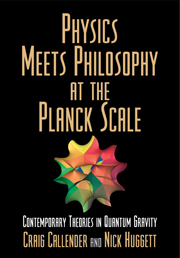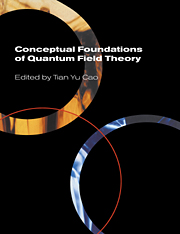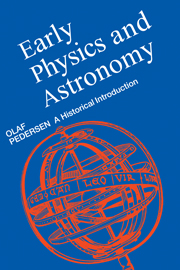Quantum Gravity in a Laboratory?
The characteristic – Planck – energy scale of quantum gravity makes experimental access to the relevant physics apparently impossible. Nevertheless, low energy experiments linking gravity and the quantum have been undertaken: the Page and Geilker quantum Cavendish experiment, and the Colella-Overhauser-Werner neutron interferometry experiment, for instance. However, neither probes states in which gravity remains in a coherent quantum superposition, unlike – it is claimed – recent proposals. In essence, if two initially unentangled subsystems interacting solely via gravity become entangled, then theorems of quantum mechanics show that gravity cannot be a classical subsystem. There are formidable challenges to such an experiment, but remarkably, tabletop technology into the gravity of very small bodies has advanced to the point that such an experiment might be feasible in the near future. This Element explains the proposal and what it aims to show, highlighting the important ways in which its interpretation is theory-laden.
Product details
August 2023Paperback
9781009327534
75 pages
230 × 150 × 5 mm
0.166kg
Available
Table of Contents
- 1. Introduction
- 2. Theoretical Prelude: `Semi-classical Gravity'
- 3. Experimental Prelude: Quantum Probes in Two Traditions
- 4. Gravitationally Induced Entanglement Experiments
- 5. Two Paradigms from Fundamental Physics
- 6. Witnessing Gravitational Quanta?
- 7. Making Gravity Quantum: Control vs. Witness Traditions
- 8. Concluding Remarks: Taking Stock of Quantum Gravity Phenomenology Appendix: A Newton-Cartan Analysis of Gravcats
- Bibliography.





